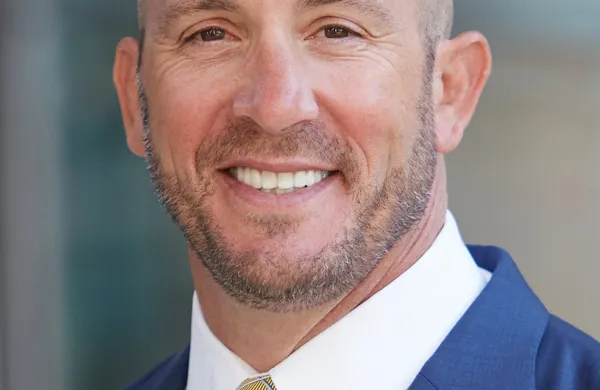After a lengthy 21-month attempt to bring the contract of the East San Gabriel Valley Human Services Consortium into good standing, California Public Employees’ Retirement System’s finance and administration committee voted Wednesday to cut benefits by up to 63 percent for 191 of its former employees.
The benefits cuts will take effect July 1, according to the staff’s presentation, which showed 62 of the 191 former employees are currently receiving retirement checks. CalPERS staff notified the former employees about the termination in January, Marlene Timberlake-D’Adamo, CalPERS’ interim chief financial officer, said Wednesday during the pension plan’s finance and administration committee meeting. The hour-and-a-half session spilled over from the day before due to a power outage at CalPERS’ headquarters in Sacramento, California on Tuesday afternoon.
The now defunct East San Gabriel Valley Human Services Consortium was a joint powers authority formed by the California cities of Covina, West Covina, Azusa, and Glendora in 1976 to provide employment and training services in the area. The group, known locally as LA Works, lost a significant contract in 2014, which eventually led to its inability to pay its CalPERS contributions, Timberlake-D’Adamo said during the meeting.
This is the second time in four months that CalPERS has voted to cut benefits for one of its member agencies. The pension plan said in November that the city of Loyalton was in default of its obligations and Loyalton’s retirees would see their benefits reduced in accordance with California Public Employees’ Retirement Law. Two other agencies – the Independent Cities Association and Niland Sanitary District – are over 90 days delinquent. Timberlake-D’Adamo said Niland has voluntarily terminated its contract, and CalPERS is currently working with ICA to make its payments, according to a CalPERS presentation during Wednesday meeting.
East San Gabriel Valley Human Services missed its first monthly payment in July 2015, according to a timeline provided in the presentation. Over the next 11 months, Timberlake-D’Adamo said her staff made every effort to work with the group because East San Gabriel Valley Human Services had been expecting to receive a refund that would have paid off what it owed CalPERS. After it became clear that the group would not receive that refund, the pension plan in January sent final collection letters to East San Gabriel Valley Human Services Consortium and the four California cities that it served.
The cities responded saying they had “no intention” of paying, citing no legal obligation to pay the contributions, Timberlake-D’Adamo said during the meeting Wednesday. And even if the employees tried forcing the cities to make the payment, it was apparent they would not, according to Theresa Taylor, the vice chair of CalPERS’ finance and administration committee.
“I don’t think we should get into any kind of negotiation here,” Taylor said. “They have a specific political agenda behind what they are saying here, and that is [against] defined benefit pension plans.”
Mel Darby, vice president of the Retired Public Employees Association of California, believes the former employees weren’t given enough time to rally together and take action. “It is our position that these folks need early notice if the agency becomes 90 days delinquent,” in order for employees to get legal counsel if needed, Darby said during the public comment period of Wednesday’s meeting.
Michael Bilbrey, who serves on CalPERS’ board governance committee, agreed, saying “two months’ notice before an action is not appropriate.”
Timberlake-D’Adamo said that in the future CalPERS may decide to notify people sooner about their employers’ delinquent pension payments, but cautioned that it may cause unnecessary alarm in cases where employers ultimately find a way to make their contributions.






